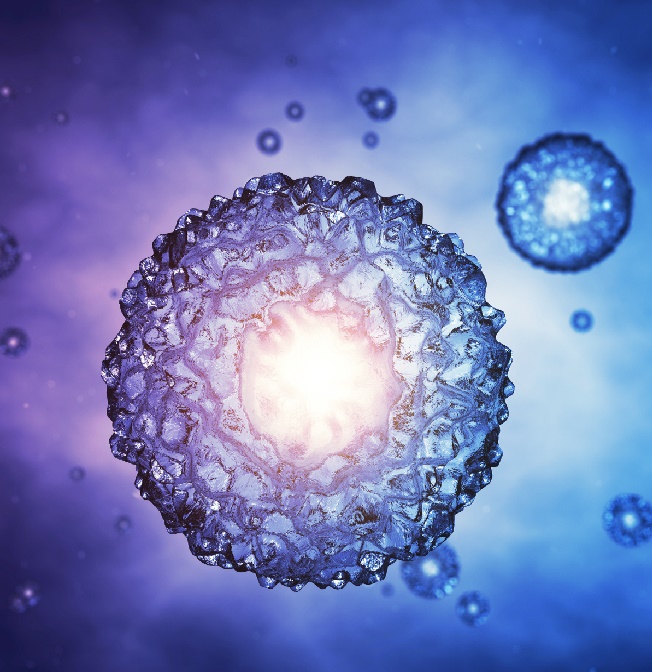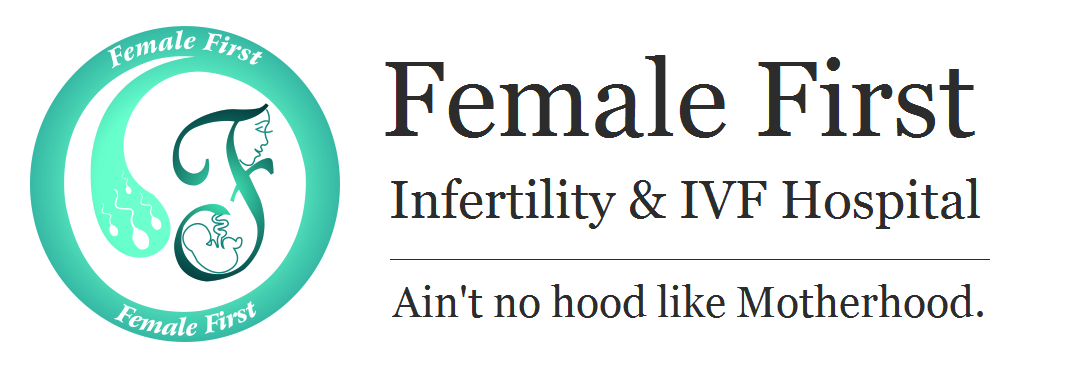Blastocyst Culture and Transfer

What is blastocyst transfer?
- A blastocyst is an embryo that has developed for five to six days after fertilization.
- With blastocyst transfer, embryos are cultured in the laboratory incubator to the blastocyst stage before they are transferred to the womb.
- At this time, one or two of the best quality blastocysts are selected and then implanted into the woman’s womb. A blastocyst must successfully attach itself to the wall of the womb for a woman to become pregnant.
When is the blastocyst transfer done?
- Many clinics are now offering blastocyst transfer as a means of improving chances of pregnancy after single embryo transfer. This is particularly useful for younger women with a good prognosis for pregnancy from in vitro fertilization (IVF).
- Your doctor may also suggest you try blastocyst transfer if you have produced good quality embryos in a previous IVF cycle but they failed to implant in the womb.
- It is not normally recommended if women produce fewer than normal healthy eggs or embryo’s (usually < 5 good quality day 5 embryo’s).
How does Blastocyst Transfer Work?
- The procedure for blastocyst transfer is similar to that for normal embryo transfer, but instead of being implanted into the womb after two or three days, the embryos are allowed to develop for five to six days before transfer.
What are the risks of blastocyst transfer?
- Not all embryos will develop to produce blastocysts in the laboratory. Embryos can stop developing at the four-cell stage (day two) and progress no further.
- The embryologist may advise your consultant that in your case it is safer to consider a day two-three embryo transfer than risk having no blastocyst to transfer on day five-six.
- As with normal embryo transfer, due to the risks of a multiple birth if more than one blastocyst is transferred, you may want to consider single blastocyst transfer.
What are my chances of having a baby with Blastocyst Transfer?
- Female fertility diminishes with age, so if you are using your own eggs, on average, the younger you are, the higher your chances of success.
- For women receiving stimulated IVF using fresh blastocysts created with their own eggs, the percentage of cycles reaching blastocyst transfer that resulted in a live birth was:
- Up to 45 % for women aged under 35
